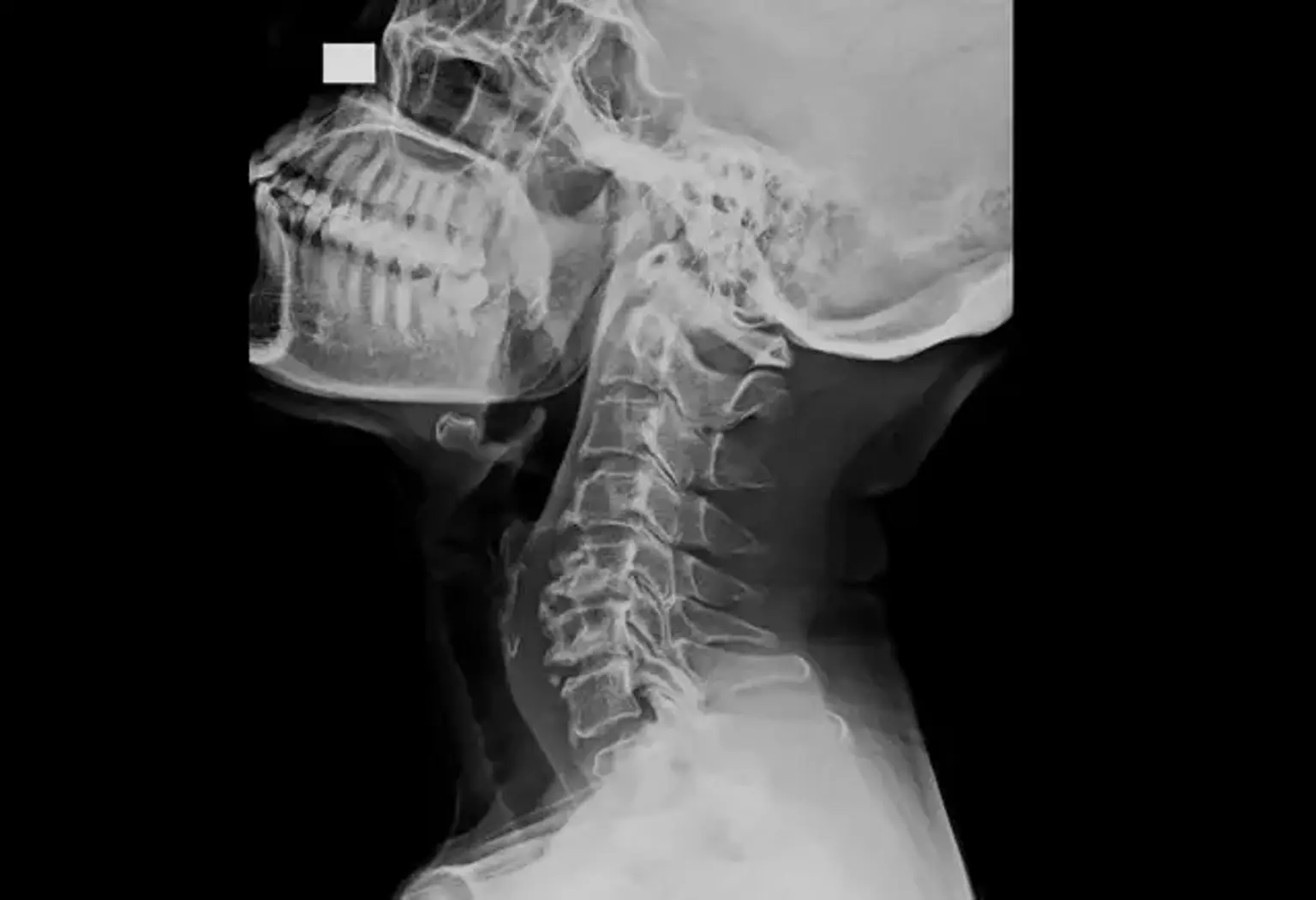Anterior Cervical Microdiscectomy
Overview
An intervertebral disc is a cushion that sits between each bone in the spinal column. These discs keep the bones from grinding together and serve as shock absorbers during falls, exercise, and daily activities.
These discs can be injured, resulting in discomfort ranging from mild to severe. An ACDF surgery can be performed on any of the seven cervical bones' discs.
Anterior cervical discectomy is a surgical procedure used to alleviate or remove persistent discomfort in the neck and back caused by a disc problem.
